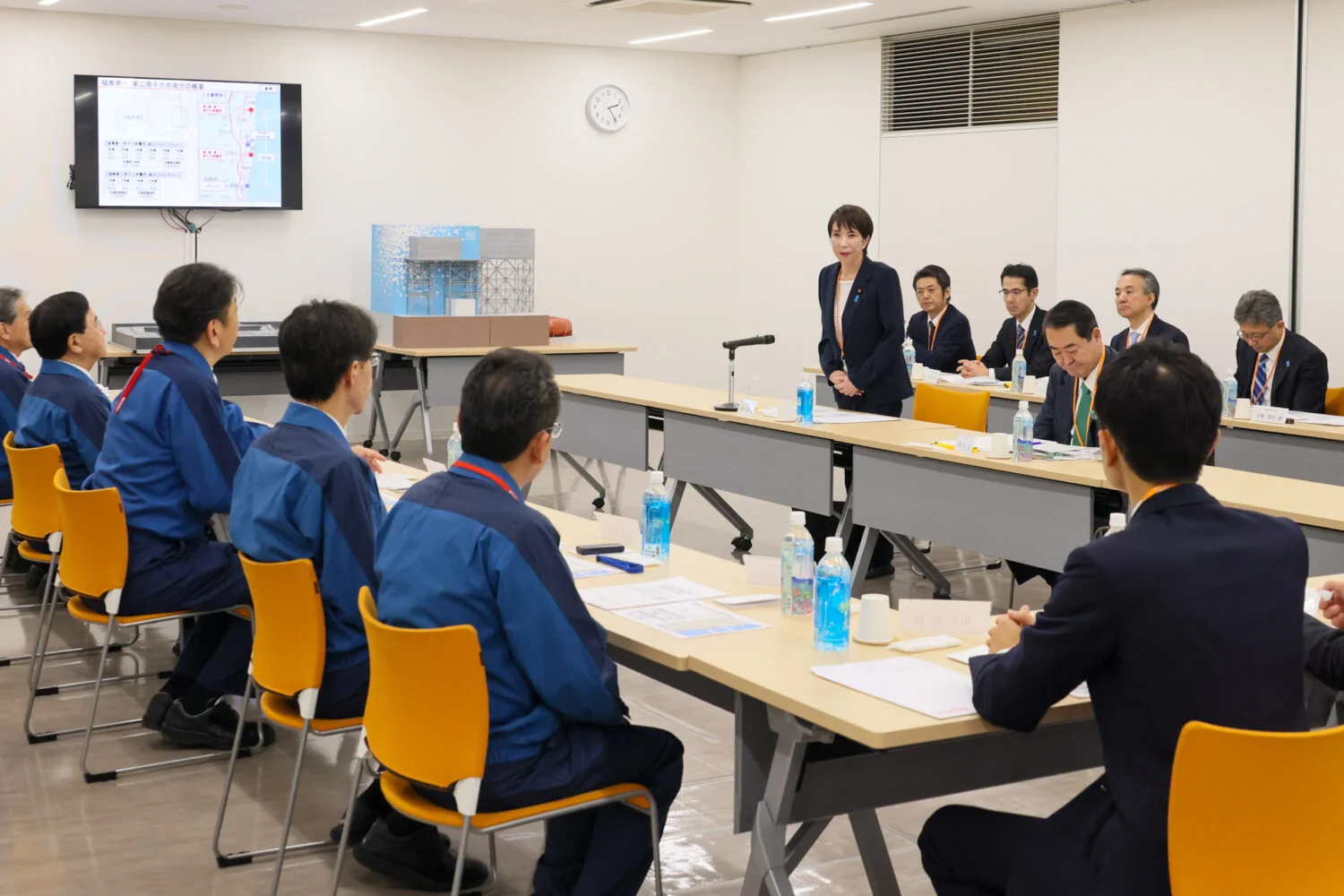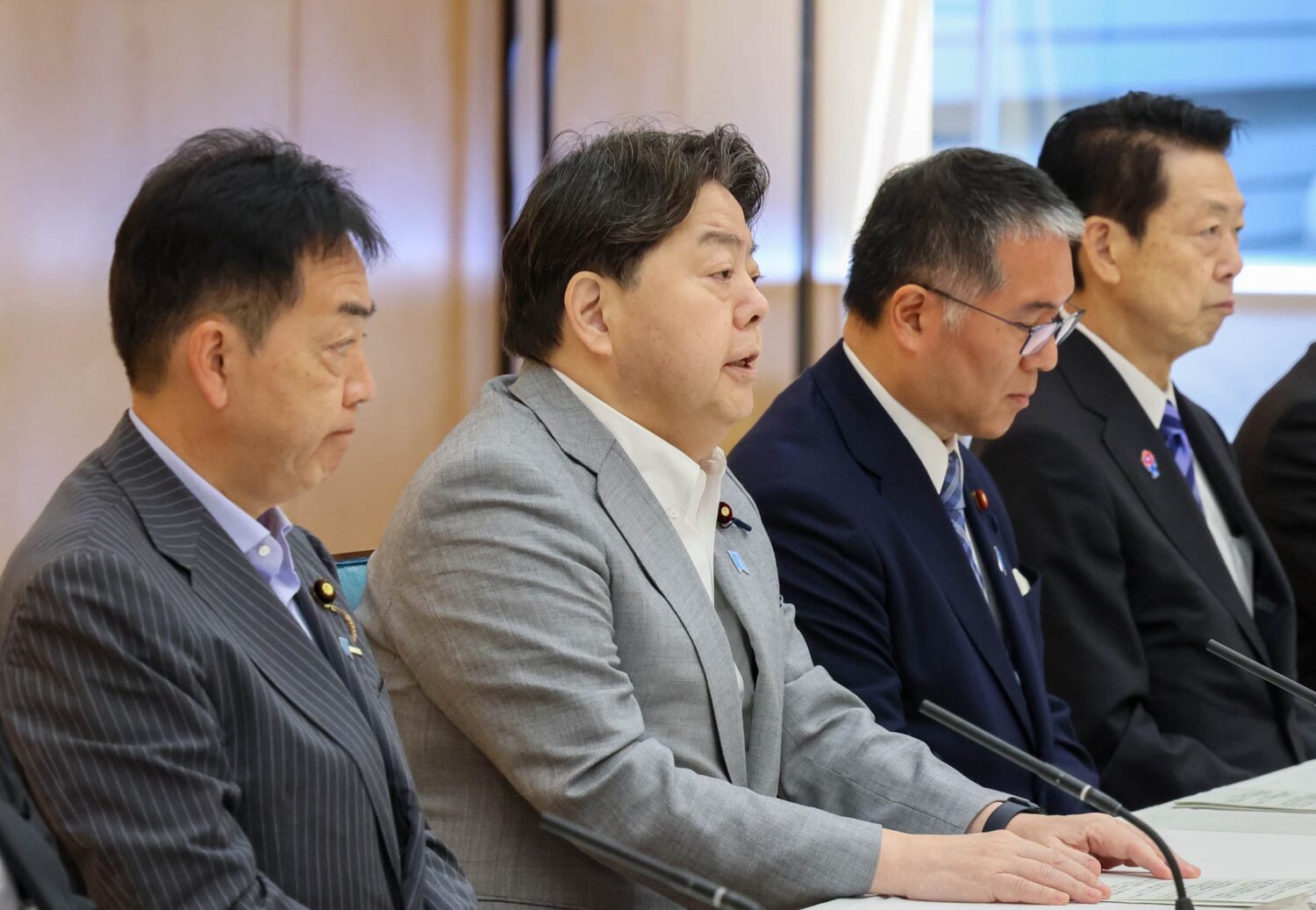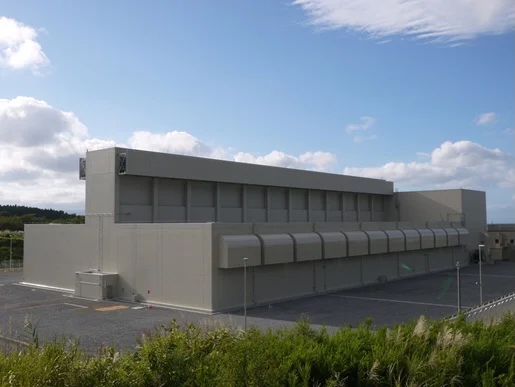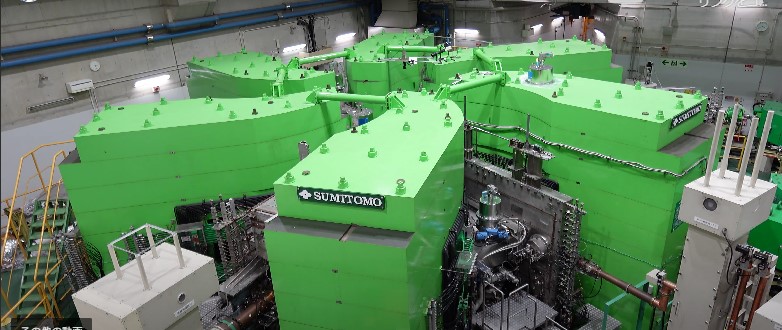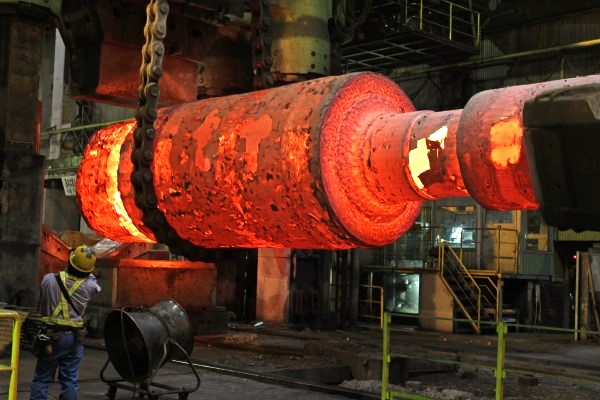On March 9, a joint research group from RIKEN (Japan’s largest comprehensive research institution) and G-Tech Corporation announced their development of radiation measuring equipment that can inexpensively and nondestructively detect radioactive cesium contamination in food, distinguishing it from background radiation caused by natural levels of radioactive potassium.
In Fukushima Prefecture, four years after the March 2011 accident at the Fukushima Daiichi Nuclear Power Station, there is still fear and misinformation about food. In an effort to prevent damage caused by rumors and the like, measurements are made of radioactivity in agricultural and fishery products, as well as in the processed foods that use them, to confirm their safety.
Conventional detectors — using scintillators that fluoresce in the presence of radiation (gamma rays) — are located at the bottom of testing containers. As it is hard for such detectors to measure food in many configurations and packages, the food often must be ground up in a mixer, which destroys it.
To measure food without grinding it up, the joint team developed a device with scintillators positioned around the entire inner surface of the container, in a way that envelops or wraps the food. To do that, the team decided to use scintillators made of plastic owing to its low cost and relative ease to form into desired shapes.
Normally, however, plastic scintillators are not sensitive enough to easily distinguish between naturally-occurring potassium and the radioactive cesium isotopes emitted after nuclear accidents. The distribution of photon energy from plastic scintillators was precisely studied, allowing the group to eventually develop an algorithm to separate the signals from the various sources.
Employing that method, the group developed a radiation-measuring device featuring tubular-type plastic scintillators. The name of the device is LANFOS, standing for “Large Area Non-destructive Food Sampler.”
The LANFOS technology will allow the manufacture of large, inexpensive radiation detectors that can analyze packages of food just as they are, without destroying their contents. That will enable the thorough inspection of all packaged foods before shipment.


